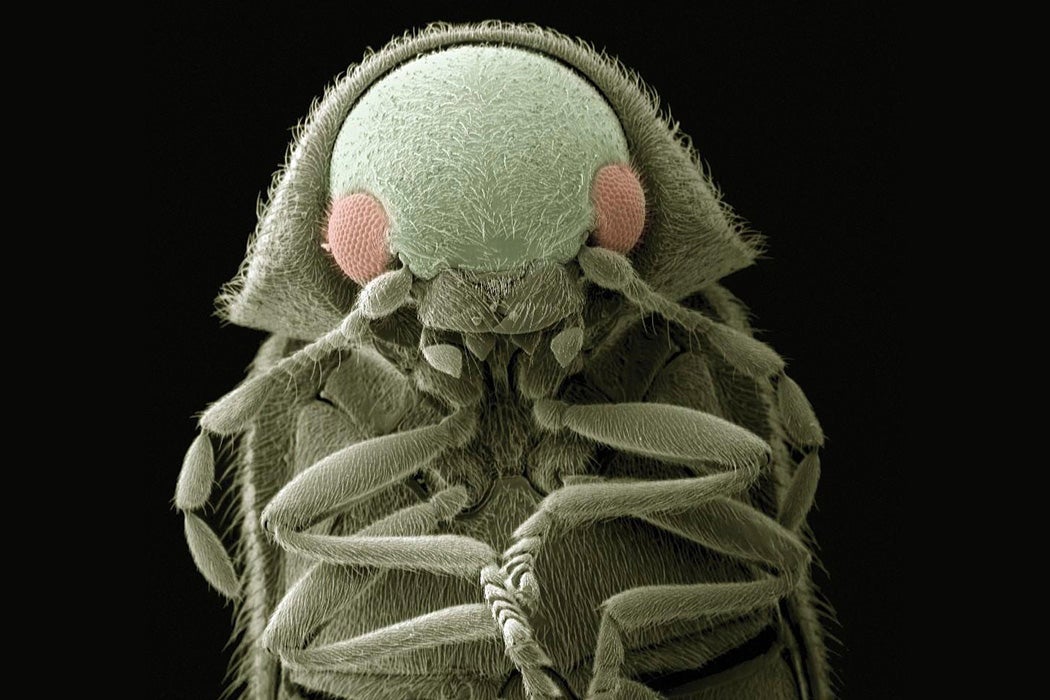For at least the last 400 million years, insects have ruled the world. The first insect fossils are nearly twice as old as the oldest dinosaur. They were the first animals to fly, and that adaptation helped them to spread to every corner of the planet. They survived four of the five mass extinctions in Earth’s history. Then, a mere 200,000 years ago, a new species appeared in East Africa and started to spread over the surface of their planet. In a geologic blink, modern humans were everywhere, hunting and farming and changing the world to fit our needs and desires. It was inevitable that these two dominant animals would come to affect each other in profound ways, both positive and negative.
For most of our history as a primarily hunter-gatherer and then agricultural species, insects were a natural force on par with the weather. We could no more summon their benefits or hold back their ravages than we could start or stop the wind. So, we lived with them, and adapted to them, as they did to us. Our relationship status has always been complicated, but insects fall into three major roles in terms of how they interact with humans—providers, destroyers, and vectors of disease. They are and have always been all three, and the shifting balance of these roles defines what might be our most important relationship with any other animal on Earth.
That balance began to fundamentally change in the early 20th century, when humans first gained the ability to rewrite the rules of the relationship. It started with a defining project of the time: the construction of the Panama Canal.
From its conception, the canal was a project as much of imperialism as it was of engineering. Whichever country controlled the connection between the Atlantic and Pacific oceans would gain enormous profit and power on the world stage. At first, it looked like that country would be France, having secured treaty rights to build the canal in 1878. But the mosquito had other plans. The region’s local Anopheles and Aedes mosquitoes carried malaria and yellow fever, and as soon as large numbers of French workers arrived, both spread wildly. By 1889, the French company tasked with building the canal was bankrupt, and at least 16,000 workers were dead.
Weekly Newsletter
The United States saw its opportunity, and when the American canal project started in 1904, President Teddy Roosevelt declared war on the mosquito. Unlike the French before them, the Americans were armed with new science on both the spread of the two diseases and the control of mosquito populations. Using new insecticides that targeted mosquito larvae, along with water treatment, removal of standing water and extensive mosquito netting, disease and death rates steadily dropped, and the canal opened for business in 1914.
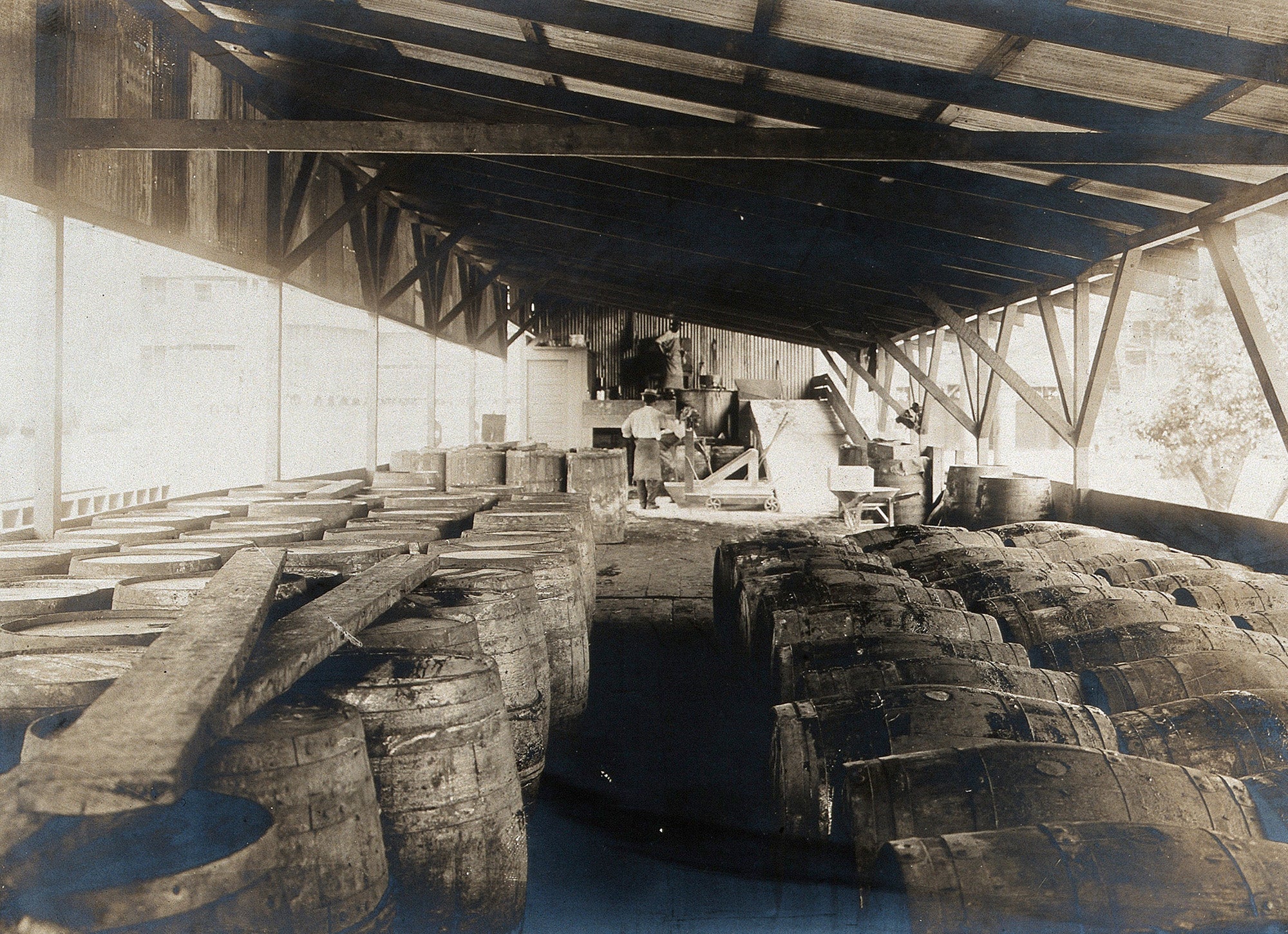
The Panama Canal was widely seen, and intentionally sold, as a victory over nature. Canal administrator M.H. Thatcher wrote about the project the year after it opened, while also stating in soberingly clear words the racial and colonial goals of the canal:
No adequate praise can be bestowed upon [chief sanitation officer] Col. Gorgas and his associates for the miracles of sanitation they wrought in Panama; and the lessons to be derived from their work will revolutionize all the tropical countries of the globe. It has been said in the past that the tropics were not made for the white man. The complete answer to, and refutation of, this statement is: Panama.
The same year that the canal opened, another event would drive even further advancement in the control of insects: the start of World War I. This time lice were the chief enemy, spreading quickly through the trenches. Those lice carried epidemic typhus, which in turn killed so many soldiers, especially on the Eastern Front and particularly in Serbia, that it may have changed the tide of the war. As physician and author Hans Zinsser wrote decades later, “Not everyone realizes that typhus has at least as just a reason to claim that it ‘won the war’ as any of the contending nations.”
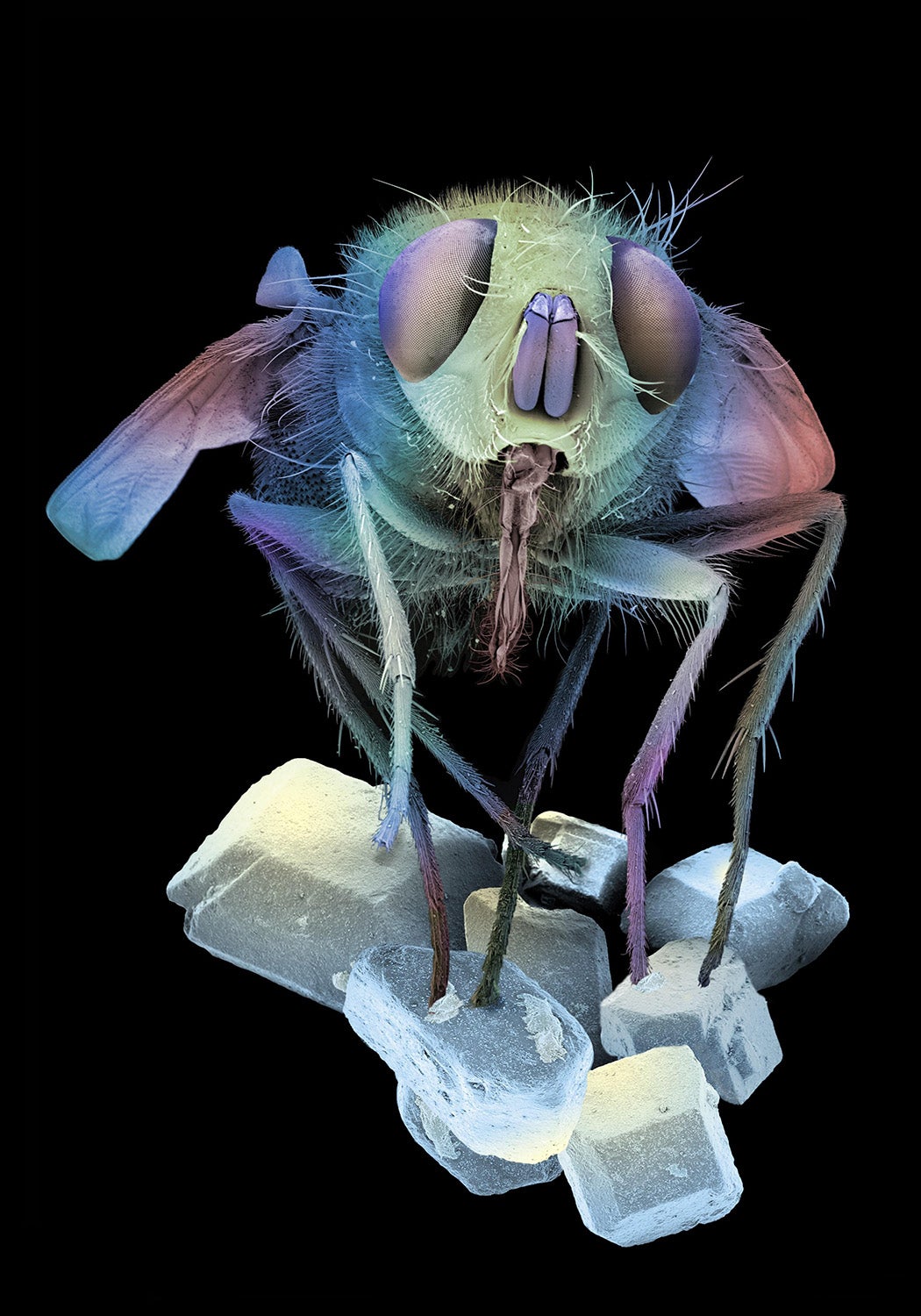
In the years between the world wars, humanity’s arsenal against the insects only grew deadlier, culminating in the discovery of the first synthetic insecticide. Dichloro-diphenyl-trichloroethane had been created for the first time back in 1874 by a German graduate student named Othmar Zeidler, but it wasn’t until 1939 that its properties as a wide-spectrum insecticide were tested and confirmed by the Swiss chemist Paul Hermann Müller. After Müller put flies in a box treated with the chemical, they died. He realized exactly what he had when he cleaned the box and added more flies; they died too. This compound was not only effective; it was persistent, lasting days or weeks without needing repeated treatments, something no other known insecticide could do. Within a few years, it was mass produced and shipped to the war fronts in both Europe and Asia, and its initials would soon become a household name: DDT.
To say that DDT was a game changer in the human-insect relationship is an understatement. No synthetic chemical in history had ever been such an effective insect killer. One might also argue that no synthetic chemical in history ever saved as many human lives. By some estimates, the widespread use of DDT directly on people, on buildings and across landscapes saved tens of millions of lives that would have otherwise been lost to typhus, malaria, and other insect-borne diseases. It would be decades, and hundreds of thousands of tons of DDT applied later, before its adverse effects would be understood.
DDT also had a cultural and psychological impact. Insects no longer felt like a force of nature that had to be tolerated until they went away. Now they were considered a pest that could be eliminated, and that attitude seeped into popular culture of the post-WWII era. In the 1950s and 1960s, our war against insects took over the big screen.
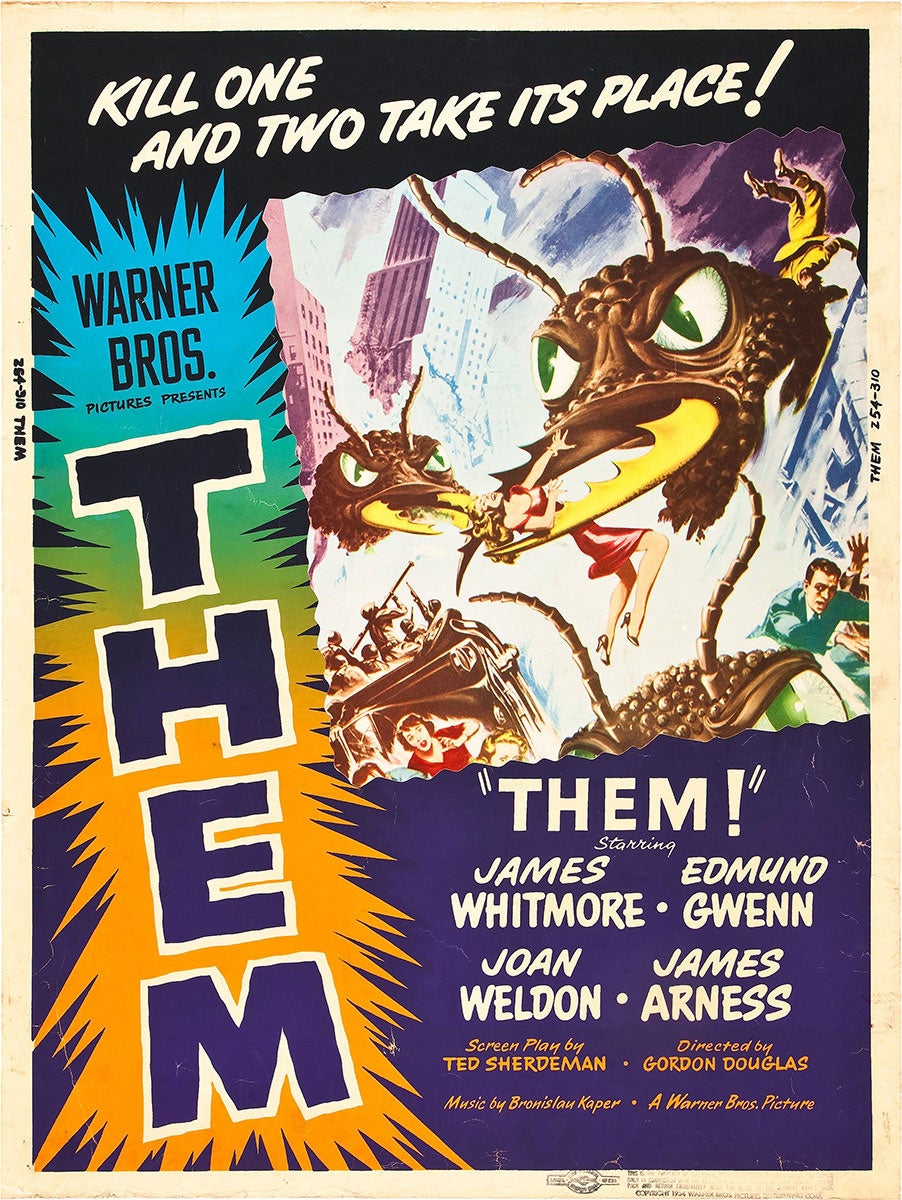
Among the most famous and successful of the giant mutant insect genre was Them!, Warner Brothers’ top-grossing release of 1954. In the movie, ants are exposed to nuclear radiation and grow enormous, leading to war with the US military. Such “Big Bug” productions have been analyzed by generations of film critics who see them as representative of public anxieties about nuclear weapons, radiation, and the breakneck speed of scientific advancement in general. But historian William M. Tsutsui and others believe that the explanation is simpler: It was about the bugs themselves.
“In the two decades following World War II, the rhetoric of the insect threat to America, as well as the technological arsenal available to control six-legged pests, both reached new levels of intensity,” Tsutsui wrote in 2007. “The sense of public fear of destructive insects, stoked by entomologists, government officials, agricultural interests, and the pesticide industry, reached a fever pitch in the 1950s, at the very same time that giant bugs were swarming over movie screens across America.”
By 1960, the pendulum of attitudes toward insects had swung so far toward the rhetoric of war and elimination that it was overdue for a correction. Concerns started to arise, only whispered at first, that we had perhaps gone too far. These worries found a voice to rally around in Rachel Carson, a marine biologist and bestselling author from Pennsylvania.
Carson had been interested in DDT and the concerns around excessive pesticide use since the mid-1940s, but even as a successful writer on other subjects—she had already published three popular and well-reviewed books on the ocean—she struggled to find editors willing to take on pesticides. In 1962, after six years of intense research and consultation with other scientists, Carson published Silent Spring. The book compiled stories that had previously been confined to scientific meetings or farmers’ dinner tables, of the effects DDT was having on not just insects, but on ecosystems as a whole. The most memorable and influential chapters were the ones dealing with its effects on birds, the inspiration for the book’s title.
It was an unprecedented success for a book of its kind, immediately taking hold not just in literary or scientific circles, but across popular culture. Silent Spring sold over 600,000 copies in 1962 alone, and by the end of the year, had inspired both a presidential investigation into pesticide use and a CBS Reports segment that brought Carson’s case to an estimated 15 million viewers.
The immediate and lasting effect of Silent Spring was far more than just a new critical look at pesticides. The book solidified all the latent worries about ecological loss into a unified movement for the first time, explained Carson’s biographer, Linda J. Lear: “Carson convinced those who read her book that there was a fragile partnership between humans and nature, which once broken, could lead to the destruction of both. By providing an alternative vision of scientific progress, one that required an informed and vigilant citizenry, she launched a popular movement she never dreamed possible.”
The pesticide industry hit back with every weapon at their disposal, from professional rebuttals to vile personal attacks, many of which centered on her gender. Carson was called a communist, a “bird and bunny lover,” and that classic of misogynistic dismissal: hysterical. But the power of Carson’s argument and the depth of her research were impossible to deny, and the book’s influence only spread. Policy changes soon followed. In 1972, only a decade after Silent Spring was published, DDT was banned in the United States and many other nations around the world, something that would have been unimaginable before the book.
As the environmental movement grew in the following decades, it tended to focus most on the so-called charismatic megafauna, the largest and most attractive species, such as giant pandas, big cats, whales, and birds. Insects still struggled for attention, despite their importance. One species which had been a partner to humanity for millennia did have a resurgence in popularity, brought on by a crisis in its population: the honeybee.
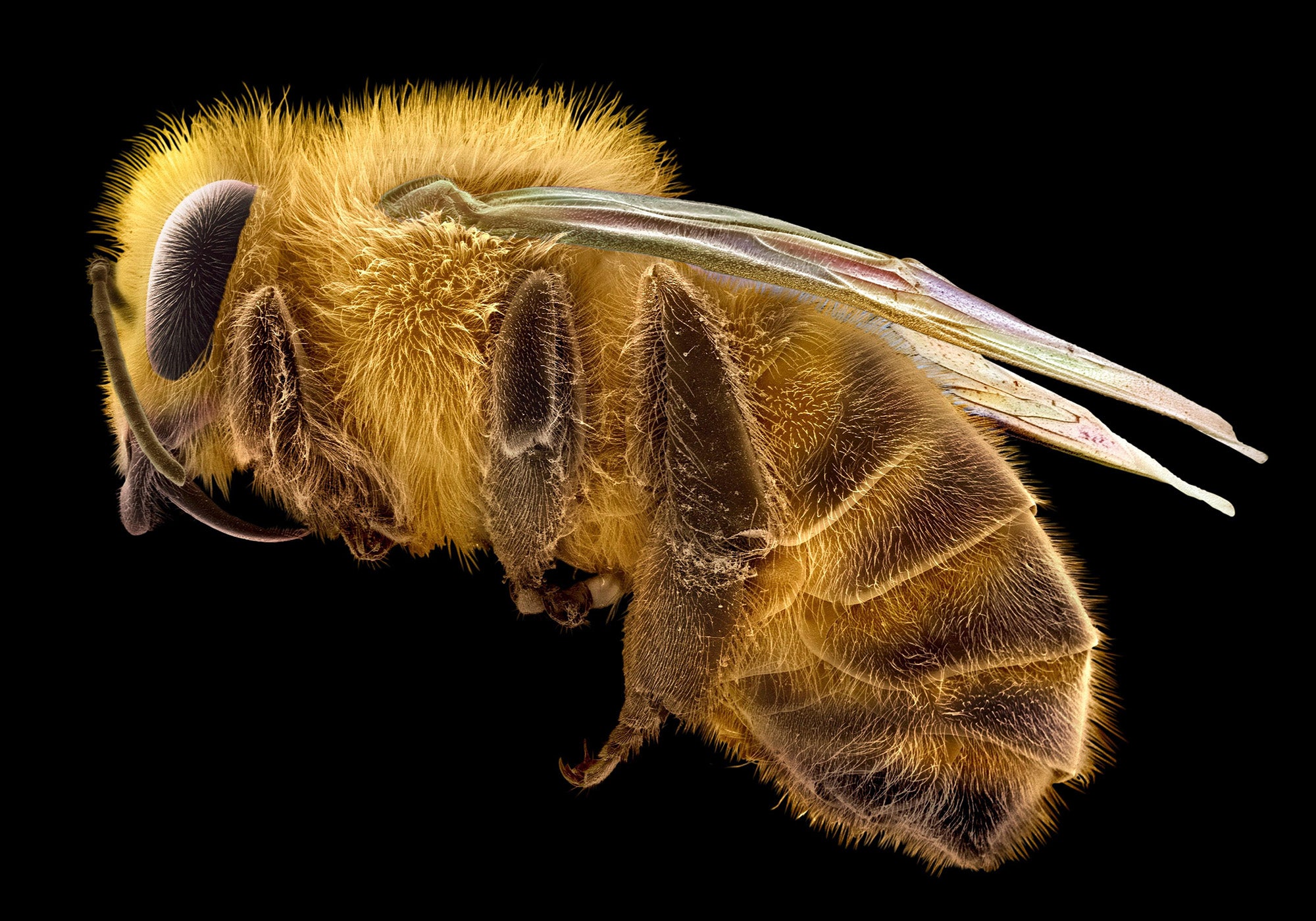
Honeybees are not native to North America, but since most native American bees are solitary rather than hive-forming, and difficult or impossible to domesticate, they have been the preferred pollinator for many farms and orchards. Throughout the 20th century, honeybee keeping had been in decline in the rapidly urbanizing United States and in many developed countries around the world. As more and more of the population of these countries flocked out of rural agriculture and into cities, there was a steady decline in beekeeping between 1960 and 2000. This was offset, as in many other industries, by growth in China.
Then, in the mid-1990s, beekeepers started to see sudden and sometimes complete failures of their honeybee colonies. It was the first wave in a decade of repeated failures that came collectively to be known as Colony Collapse Disorder. In the winter of 1995 – 96, 80 percent of honeybees in Maine and over 50 percent in Pennsylvania were killed. Another wave in the early 2000s was even more destructive.
The collapses, which had causes ranging from mite infestation to neonicotinoid pesticides, focused both research and public attention in a way that they had never been before on a beneficial insect. As is often the case, we came to appreciate the service of pollinators, starting with this most familiar one, only when we started to lose them. Just as domesticated honeybees were declining, wild pollinator species like the monarch butterfly experienced sharp population crashes as well. In 2017, the first wild bee was added to the US Endangered Species List, the rusty-patched bumblebee. A future without bees started to be a common trope in science fiction, just as invasions of insects had been sixty years before. Films such as Blade Runner 2049 and shows like Black Mirror imagined dystopian worlds where agriculture collapsed soon after the bees disappeared.
At the same time, environmental concerns were becoming less local and more global, with the rising specter of climate change. Rapid changes in global climate threaten to not only continue a trend of decline in many wild insect species, but also introduce pest insect species to new crops and forests by expanding their ranges. Areas that were once protected by cold winters from infestations of pine beetle and other invasive insect species may not have that protection for long. In 2021, the invasion of the spotted lanternfly into the eastern United States provided a high-profile example of this phenomenon.
Insects were on this planet for hundreds of millions of years before humans came along. They will likely be here in some form for millions more. But as humans and our industries have become dominant forces, the fate of much of the insect world has become intertwined with our own. We have the power to destroy vast swaths of insect diversity, and over time that power has shifted from a goal to a threat, as we have begun to understand the services that both wild and domesticated insects provide us. Beyond those services, though, we are only starting to appreciate insects as diverse and beautiful species, worthy of protection in their own right rather than only because of what they can do for us. Just as there was once a race to conquer and overtake nature, we are beginning to understand the necessity of understanding it, preserving it, and even restoring it, from the smallest species on up.
